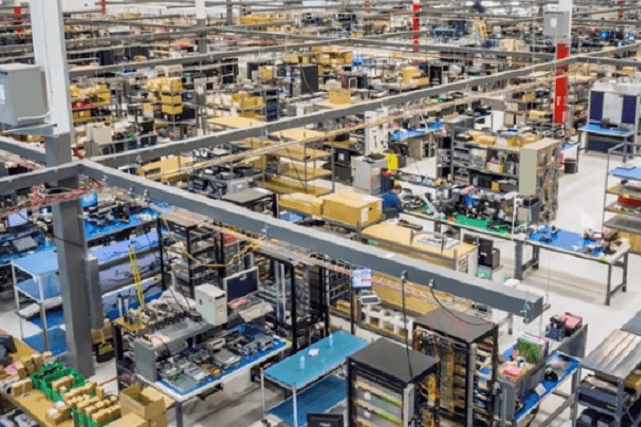For decades, the tiered system (better known as the technology distribution channel) of vendor – distributor – reseller – end user helped to bring vendor products to world-changing technology projects in every kind of business around the world. Distribution’s historical value was to make the procurement and, you guessed it, distribution of products easier for:
- Vendors that want to streamline their channel access
- Resellers and system integrators who need direct access to vendor products
As technology evolves and end users have increasingly complex demands of reseller relationships, traditional distribution needs to deliver more than an outstanding logistics practice. Today, “distributors” add training, enablement, technical support and robust services offerings to add more value to the channel.
There has been a paradigm shift from the linear model to one that offers a multi-touch experience to address increasingly complex customer demands and new modes of consumption. End users now rely on companies to aggregate multi-vendor solutions to meet the requirements of a hybrid workforce. They are looking for simpler solutions to complex problems with data-driven agility so that the IT sector can continue to evolve through digital transformation.
The Big Picture: Business and Business Model Disruption
Next-gen technologies are inherently disrupting many industries as we know it. Channel partners and their end customers are looking for cutting-edge technology that solve a business need, which is becoming increasingly complex, requiring multiple products from multiple vendors, and solution aggregators are the ones in a perfect position to simplify the building, delivery and support of those solutions. Areas where next-gen technologies are benefitting from multi-vendor solutions:
- Cloud computing – More companies are embracing a hybrid cloud strategy; in fact, 87% of cloud users are taking that step to hybrid cloud. With a mix of on-prem and cloud infrastructure comes a more complex technology stack, which will likely merge vendors for modern hardware, software and solutions, and hyperscalers that can bring it all together.
- IoT and Data – The IoT ecosystem requires the connection of a lot of dots, especially when you think about the edge device itself, their connection to the network, the security and platform to support it, and then the analytics to optimize.
- Security - Countering modern cybersecurity attacks requires security expertise in multiple areas. Solution aggregators are capable of bringing together vendors that specialize in application security, advanced threat detection, backup and recovery capabilities, encryption, malware prevention, network security, and VPN, to name a few.
Value creation in traditional distribution models is essential but finite. When combined with solution aggregation, that model becomes exponentially more valuable, putting the solution aggregators’ differentiation and positioning at the center of the IT ecosystem Traditional distribution limits the value-creation aspect, and this next-gen tech disruption is allowing solution aggregators to differentiate themselves and unlock the potential of the ecosystem. As identified by our own Sergio Farache, executive vice president of strategy, innovation and next-gen technologies, in Channel Futures, the technology ecosystem of the future requires deeper technology integration with new business processes to challenge the status quo. The companies adapting well are the likely leaders of the next generation of distribution.
Why it Matters: The Importance of Solution Aggregation
A solution aggregator is at the heart of the ever-changing technology ecosystem with a dedicated approach to uniting IT solutions that scale to customer needs today and unlock growth for tomorrow. Solution aggregators have insight into the full universe in an optimized way. When distributors become solution aggregators, they’re now customizing the entire experience so that our channel partners and their customers stay competitive in today’s market.



